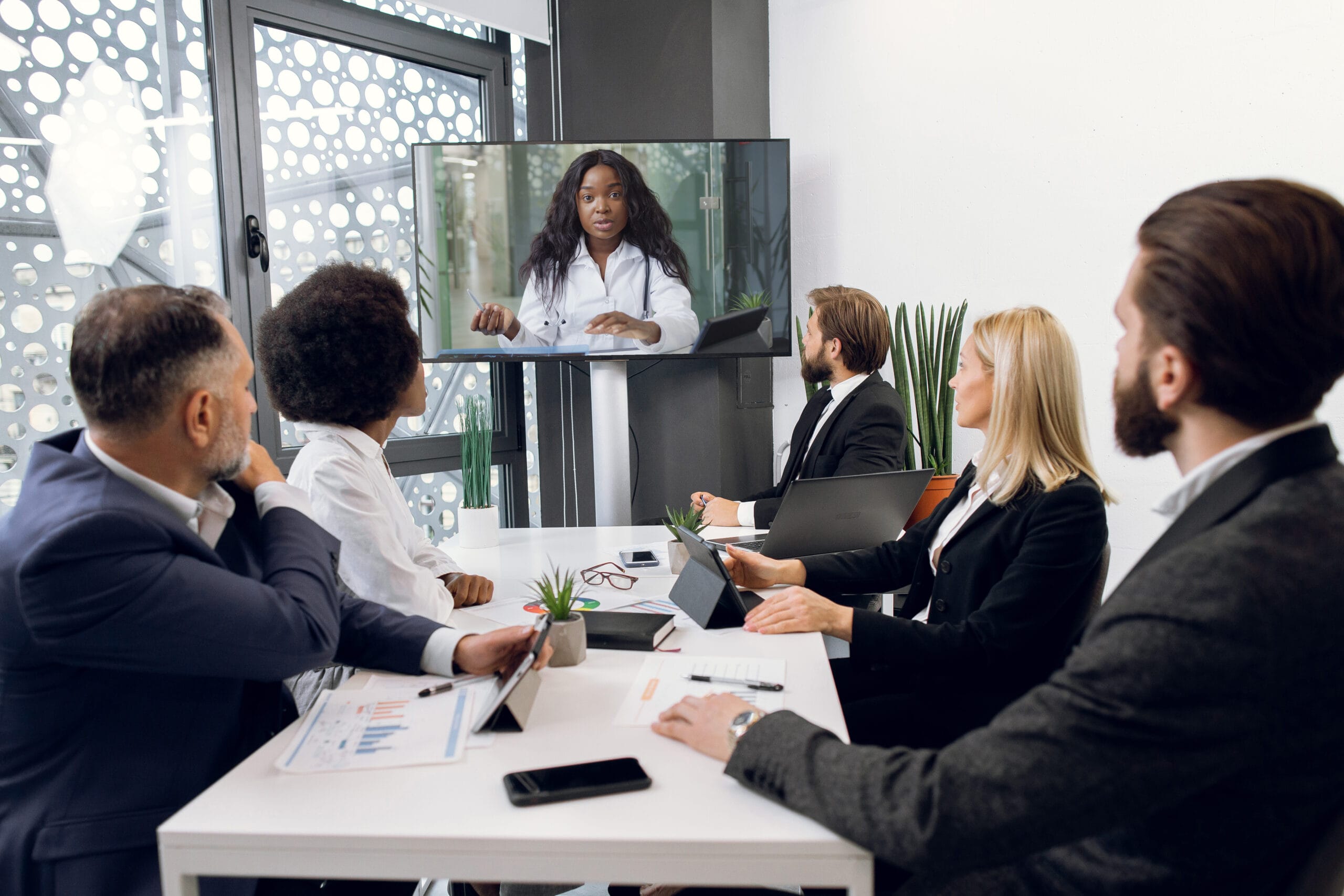Understanding Trial Discussion: Tips for Engaging and Persuasive Court Room Strategies
In the realm of trial discussion, the capability to involve and persuade is extremely important. The obstacle exists in seamlessly incorporating them into a natural discussion. What strategies can truly elevate a trial presentation from regular to remarkable?
Understanding Your Audience
To properly grasp trial discussion, it is critical to comprehend your audience. In the courtroom, your audience mainly contains jurors, the court, and opposing advice. Each team possesses distinctive point of views, experiences, and biases that can influence their function of your arguments. Jurors, as an example, are entrusted with interpreting proof and establishing truths based upon their individual beliefs and values. Comprehending their demographics, histories, and possible biases can aid tailor your discussion to resonate with them successfully.

A recognition of the court's choices and court room etiquette is equally important, as it can influence the flow of your discussion. Judges might focus on brevity and clarity, so presenting your case in a simple manner can enhance your trustworthiness. Additionally, recognizing the opposite advise's methods can help in preparing counterarguments that successfully address their factors.
Ultimately, understanding your target market allows you to involve them better, cultivating connection and persuasion throughout the test (trial presentation). By leveraging insights concerning their inspirations and assumptions, you can produce an engaging presentation that reverberates and inevitably influences the result of the situation. This foundational understanding is crucial for any lawyer intending to accomplish success in the court room
Crafting a Compelling Story
A well-crafted narrative works as the foundation of an efficient trial presentation, leading the target market through the complexities of the instance. This narrative ought to be structured to involve jurors mentally and intellectually, making the truths relatable and reasonable. By weaving with each other the aspects of the case-- such as the timeline, essential events, and critical testaments-- attorneys can create a coherent story that reverberates with jurors.
To achieve this, it is vital to determine the central motifs that will certainly drive the story. Attorneys must concentrate on the motivations and objectives of the parties included, showing the human aspects of the situation (trial presentation). This approach not only keeps juror passion however additionally fosters empathy, leading them to attach directly with the story
Additionally, the usage of clear and succinct language is important. Preventing lawful lingo allows the target market to understand the crucial factors without confusion. Each segment of the narrative ought to build towards an engaging orgasm, culminating in a persuasive verdict that enhances the case's core message. Ultimately, a strong narrative not only clarifies the concerns available however also develops a lasting impact that can influence the result of the trial.
Making Use Of Visual Aids Effectively
Just how can visual help boost the performance of a test presentation? Visual help work as powerful tools that can home substantially boost juror understanding and retention of complicated info - trial presentation. When employed attentively, they can clarify bottom lines, show connections, and highlight important proof that supports the instance narrative
Efficient aesthetic aids include graphes, graphs, timelines, and pictures, which can streamline elaborate data and give context. A timeline can succinctly communicate the series of events, while a chart can highlight analytical information in an aesthetically appealing manner. The tactical use of multimedia presentations can additionally improve involvement and maintain juror rate of interest throughout the test.
Additionally, visual help can aid to evoke emotional actions, reinforcing the human components of a situation. By offering photographs or video clips pertinent to the case, lawyers can create a more compelling and relatable narrative. However, it is important to ensure that aesthetic aids are expertly developed and not extremely intricate, as this can lead to confusion rather than clearness.
Involving Body Movement Strategies
Aesthetic aids are not the only tools that can improve the effectiveness of a test presentation; involving body language techniques also play a vital role in recording juror focus and conveying self-confidence. A presenter's nonverbal hints can considerably affect jurors' understandings and responses, making it vital to understand these techniques.

Additionally, differing your vocal tone and pace can enhance your storytelling, making it extra engaging. Pausing purposefully allows jurors to take in important info and indicates the value of what you are stating. Moving purposefully within the court room can help strengthen your points, gave it does not sidetrack from your message.
Incorporating these body language strategies will not only enhance your court room existence yet also promote a more convincing link next with jurors, inevitably adding to the success of your trial discussion.
Exercising for Influence
Effective trial presentations pivot not only on the material however additionally on the delivery, making practice necessary for influence. The relevance of rehearsal can not be overstated; it enables lawyers to refine their disagreements and create a powerful visibility in the court room. Taking part in calculated method assists lawyers to identify their staminas and weak points, enabling them to change their pacing, tone, and body movement accordingly.
To exercise for impact, imitate trial problems as closely as feasible. This includes making use of visual help, practicing in front of colleagues, and getting positive responses.

Conclusion
Mastering test discussion entails a complex strategy that combines target market understanding, narrative growth, visual help, and body language. Rigorous method in simulated setups better strengthens these approaches, making certain that each presentation reverberates and leaves an enduring perception on the court.